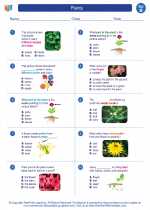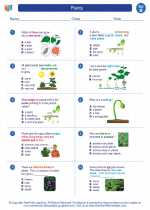Speakers
Speakers are devices that convert electrical signals into sound. They are commonly used in audio systems, televisions, computers, and other electronic devices to produce sound for music, speech, and other audio content.
How do speakers work?
Speakers work based on the principle of electromagnetism. When an electrical signal is passed through a wire coiled around a magnet, it creates a magnetic field that interacts with the permanent magnet in the speaker. This interaction causes the coiled wire, or voice coil, to move back and forth, which in turn moves the diaphragm of the speaker. As the diaphragm vibrates, it creates sound waves that are then propagated through the air, producing the sound that we hear.
Parts of a speaker:
- Diaphragm: This is the part of the speaker that vibrates to produce sound waves. It is usually made of paper, plastic, or other lightweight materials.
- Voice coil: The coil of wire that moves back and forth in response to the electrical signal, causing the diaphragm to vibrate.
- Magnet: A permanent magnet that interacts with the voice coil to create the movement needed to produce sound.
- Cabinet: The enclosure that houses the diaphragm, voice coil, and magnet, and often includes ports or vents to improve the speaker's performance.
Types of speakers:
There are various types of speakers, including:
- Woofers: These are large speakers designed to reproduce low-frequency sounds, such as bass and drums.
- Tweeters: These are smaller speakers that are responsible for producing high-frequency sounds, such as cymbals and high-pitched vocals.
- Mid-range speakers: These speakers handle the middle range of frequencies, such as most vocals and instruments like the piano.
- Subwoofers: These specialized speakers are designed specifically for reproducing very low-frequency sounds, such as the deep bass in music and movie sound effects.
Study Guide:
Here are some key points to remember about speakers:
- What is the main function of a speaker?
- How do speakers produce sound?
- What are the main parts of a speaker and their functions?
- Describe the different types of speakers and their specific roles in producing sound.
- Explain the principle of electromagnetism as it applies to the operation of speakers.
Understanding the principles and components of speakers is essential for appreciating the technology behind audio systems and the production of sound in various electronic devices.
.◂Science Worksheets and Study Guides Second Grade. Plants

 Activity Lesson
Activity Lesson
 Activity Lesson
Activity Lesson
 Worksheet/Answer key
Worksheet/Answer key
 Worksheet/Answer key
Worksheet/Answer key
 Worksheet/Answer key
Worksheet/Answer key
 Worksheet/Answer key
Worksheet/Answer key
 Vocabulary/Answer key
Vocabulary/Answer key
 Vocabulary/Answer key
Vocabulary/Answer key
